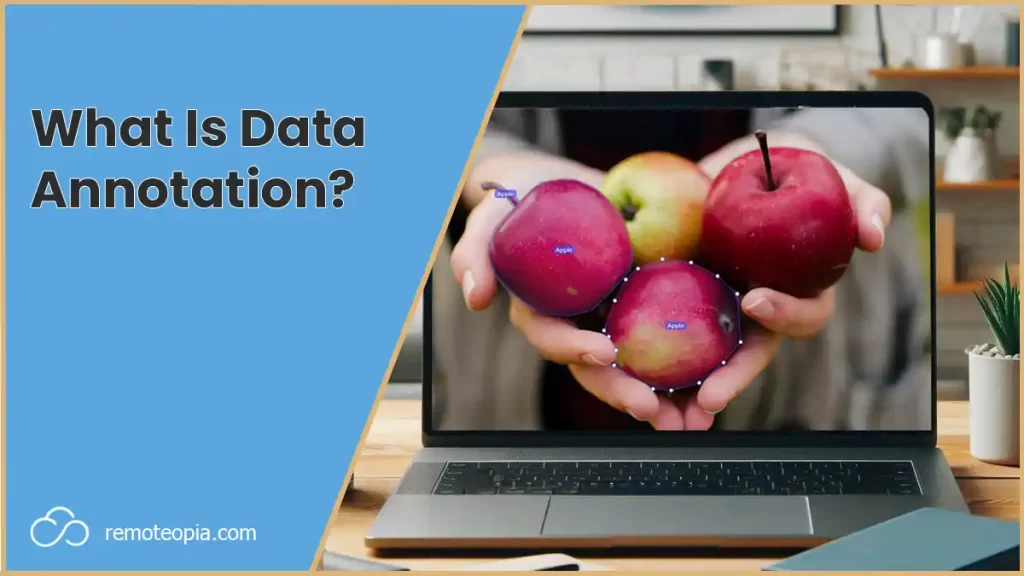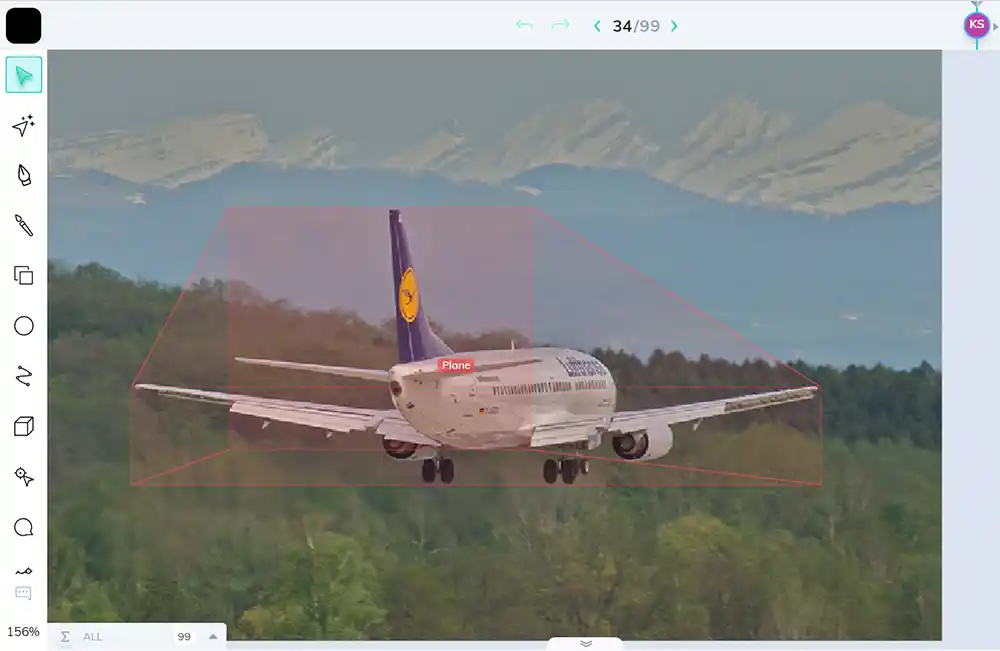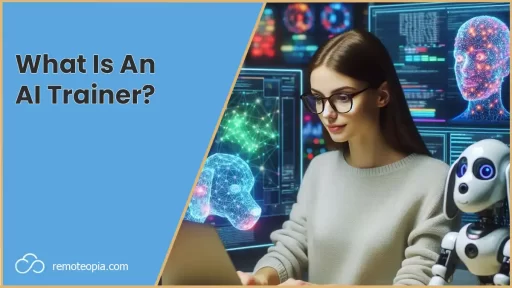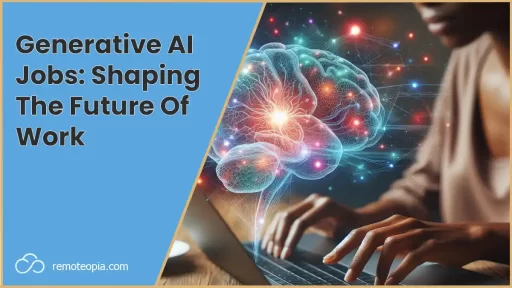
Data annotation is a crucial process for training machine learning models. It involves labeling data such as text, images, or videos with relevant information to make it understandable for AI algorithms. This tagged data helps machines recognize patterns and make informed decisions in future tasks.
Imagine you have a collection of unlabeled images and you want to teach a computer to differentiate between cats and dogs. Through data annotation, each image is tagged according to whether it contains a cat or a dog. This annotated data set then becomes the foundation for training your AI model.
Not only is data annotation essential for machine learning, but it also varies in types such as text, audio, image, and video annotation. By using tools and techniques from platforms like V7 Labs, you can efficiently label your data, paving the way for more accurate and reliable AI applications.
Understanding Data Annotation
Data annotation involves adding metadata to raw data, turning it into useful information for AI.
Without accurate annotations, AI models cannot learn properly. The quality of annotations directly affects the performance and accuracy of the AI. Well labeled data ensures that the algorithms can make precise predictions.
Categories of Data Annotation

Data annotation can be broken down into several categories.
Each type of annotation serves a different purpose but ultimately aims to provide structured data for AI systems. For instance, image annotation helps in tasks such as object detection and image segmentation. Similarly, text annotation is critical for natural language processing tasks.
Tools and Techniques
Various tools and techniques are available to facilitate data annotation. Popular tools include Labelbox, CVAT, and Amazon SageMaker Ground Truth. These tools offer features like easy interface designs, collaborative options, and integration with other software.
Techniques for data annotation vary based on the type of data.
For image data, methods include bounding boxes, polygons, and landmarks. For text data, techniques involve entity recognition, part-of-speech tagging, and sentiment analysis. For videos, frame-by-frame annotation is common.
Using the right tools and techniques can improve the accuracy, speed, and cost-effectiveness of the annotation process.
The Impact of Data Annotation on AI Development
Data annotation serves as the foundation for building and refining AI and machine learning models. Without annotated data, AI cannot learn patterns or make accurate predictions. For instance, in computer vision, annotated data, such as labeled images with bounding boxes, are critical for training models in object detection and facial recognition.
In natural language processing (NLP), annotated text helps in tasks like sentiment analysis and named entity recognition. These tasks rely on precise and consistent annotations to understand context and semantics.
Human annotators play a key role in this process by manually tagging data, ensuring the inclusion of accurate metadata and categories.
Quality and Performance
The quality of annotated data directly affects the performance of AI models. High-quality annotations lead to better model accuracy and reliability. For example, in image classification, precise bounding boxes are essential for the model to learn and detect features correctly. Similarly, in speech recognition, annotated audio data helps improve the precision of transcriptions and command recognition.
Consistency and standardization in annotations ensure that AI models can generalize well across different datasets. This involves collaboration among teams to maintain high annotation standards and avoid subjectivity.
Challenges and Solutions
Despite its importance, data annotation presents several challenges:
- Manual annotation is time-consuming and often requires significant human effort, leading to potential errors and inconsistencies.
- Subjectivity in annotation can also result in varied interpretations, affecting model performance.
To address these challenges, a combination of automated tools and human oversight is beneficial. Semi-automated annotation tools can help streamline the annotation process while ensuring accuracy. Additionally, robust training and clear guidelines for human annotators can minimize errors and maintain consistency.
Data Annotation Jobs
Data annotation jobs are becoming a big part of the AI industry.
Work from Home: Many of these positions are remote, allowing you to work from the comfort of your home. This makes it convenient if you prefer flexibility in your schedule.
Entry Level Opportunities: You don’t necessarily need a high level of experience to start. Many positions are ideal for entry-level candidates.
Breaking Data Annotation Jobs Down
Popular Platforms
- Upwork: Freelance data annotation jobs can be found here.
- TEKsystems: Known for hiring data annotators. Check their listings.
- Subsidiaries of Larger Companies: Some data annotation sites are owned by larger tech companies, making them reliable sources for legitimate work.
Data annotation jobs can be a good way to earn money, especially if you can focus on details and enjoy repetitive tasks. As the AI industry grows, the demand for these roles is increasing, offering more opportunities to work online.
Frequently Asked Questions

James Waite
Founder of Remoteopia, James has worked in remote roles for 6 years. After a stint in recruitment, he now works as a director of website strategy in tech.




